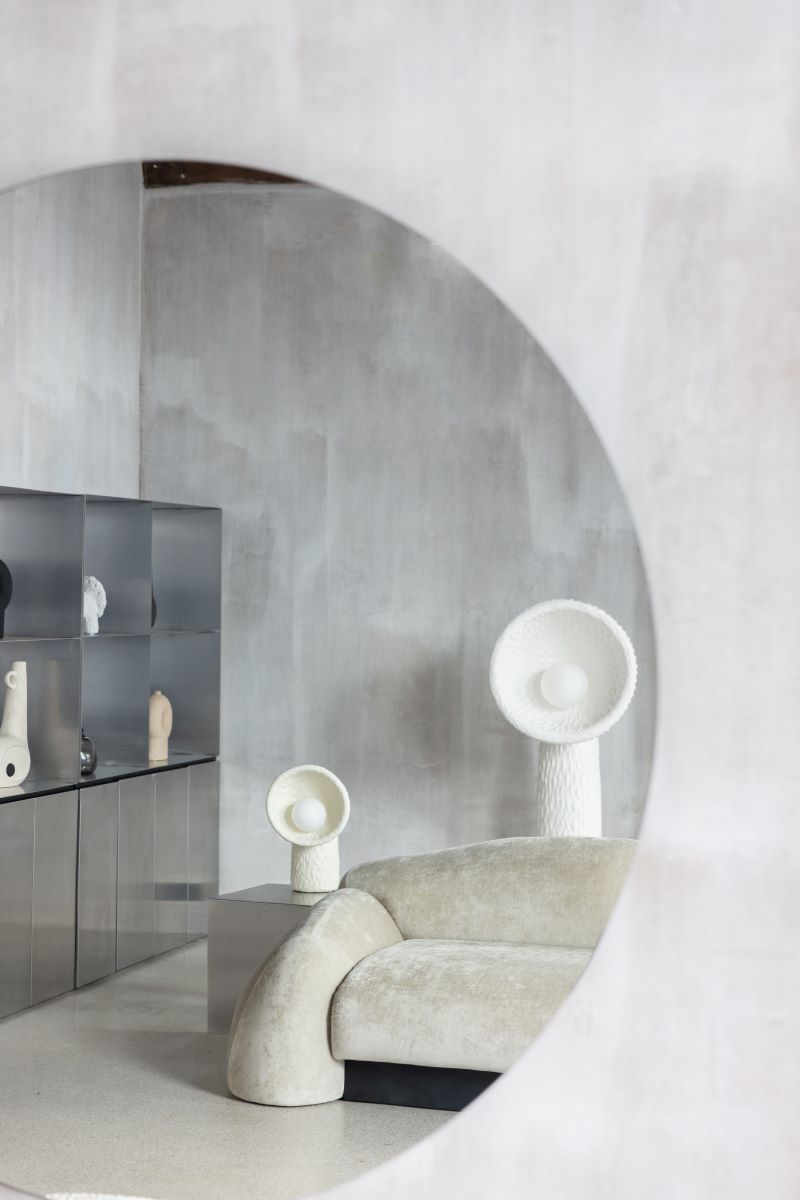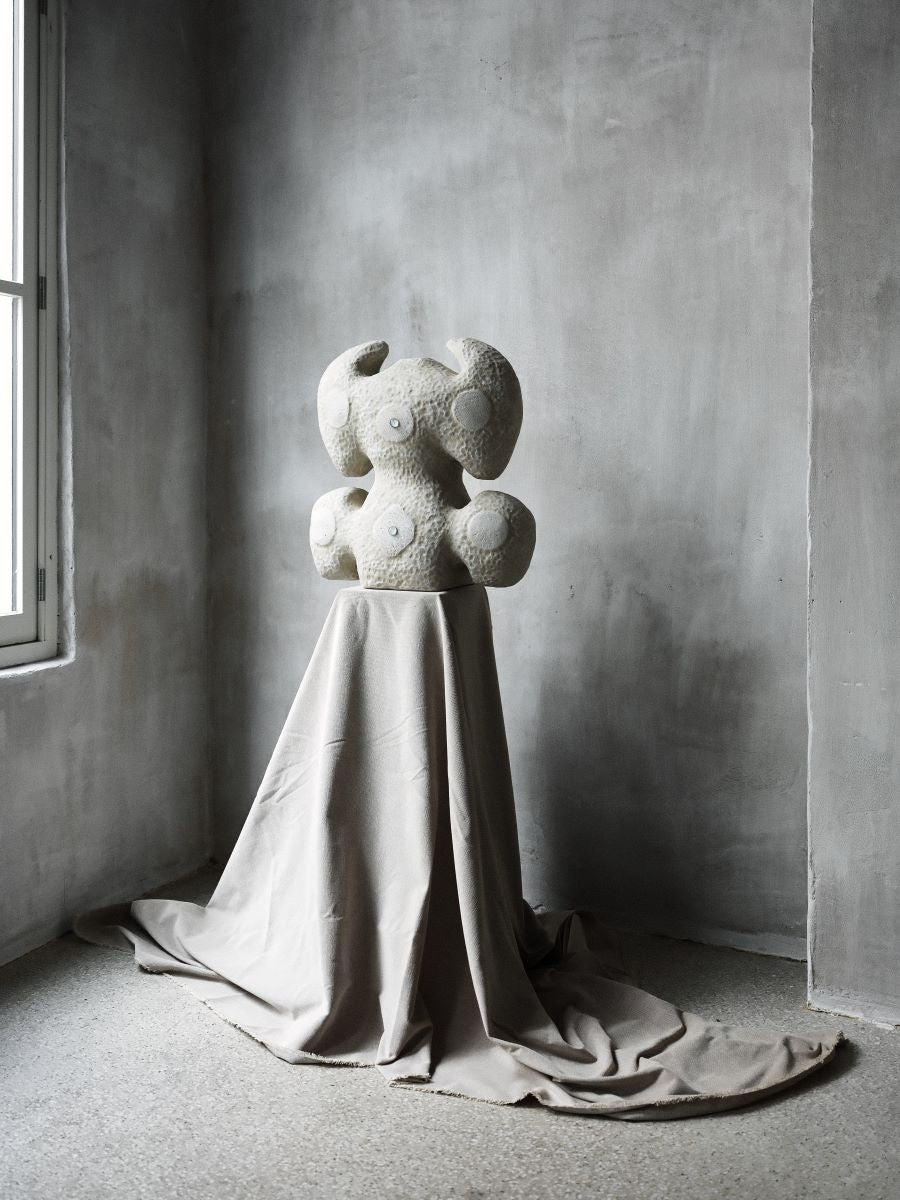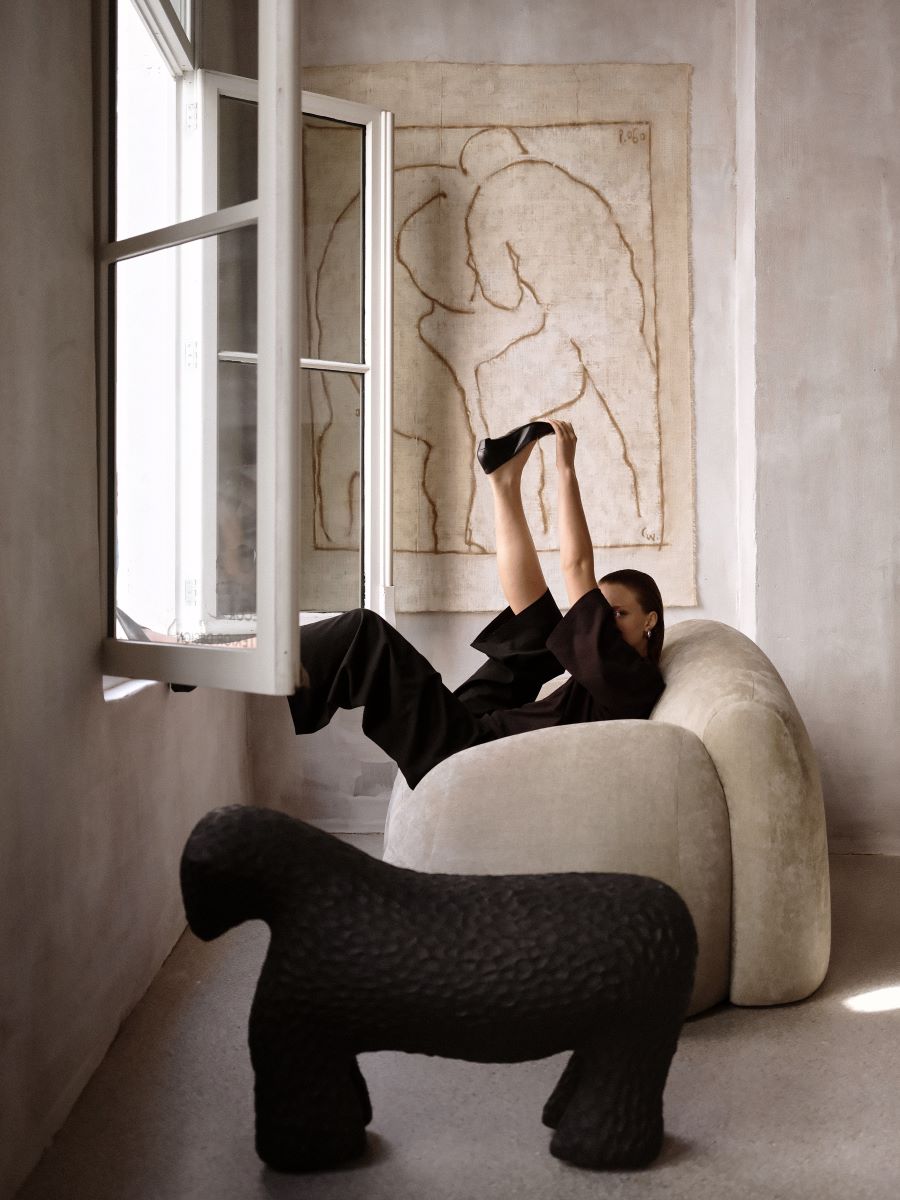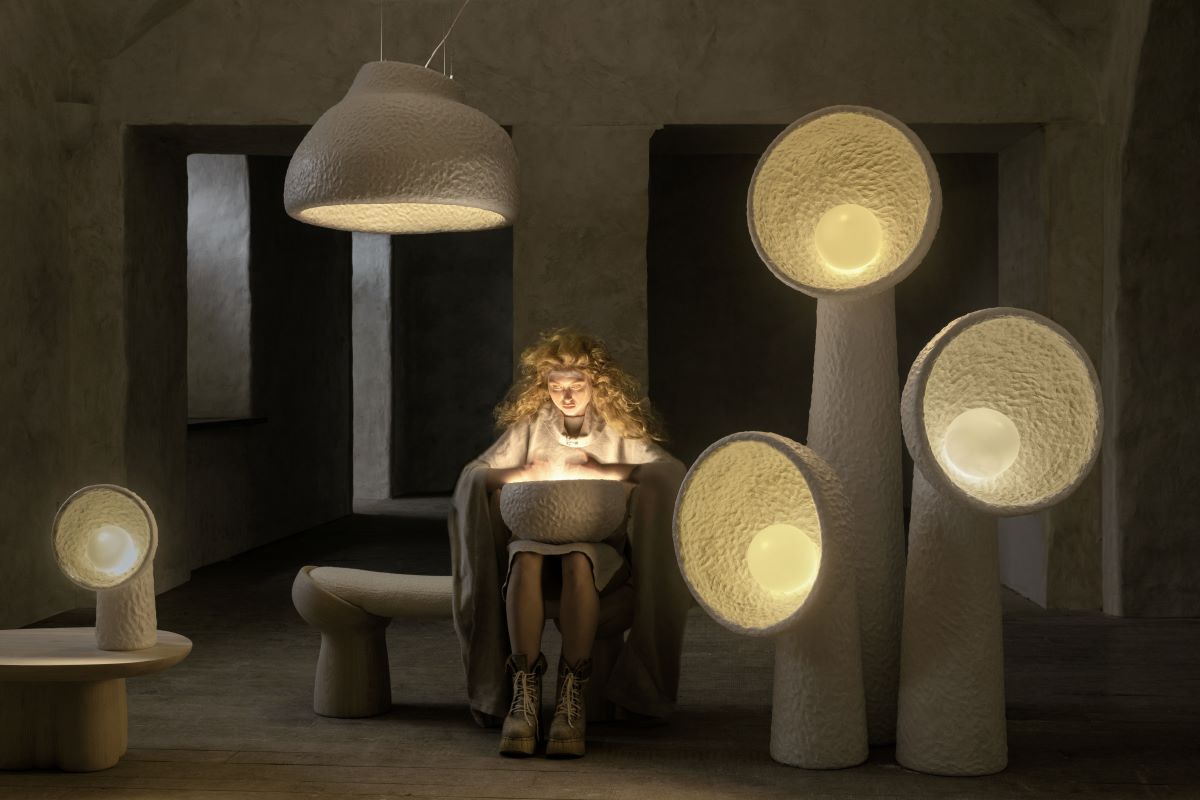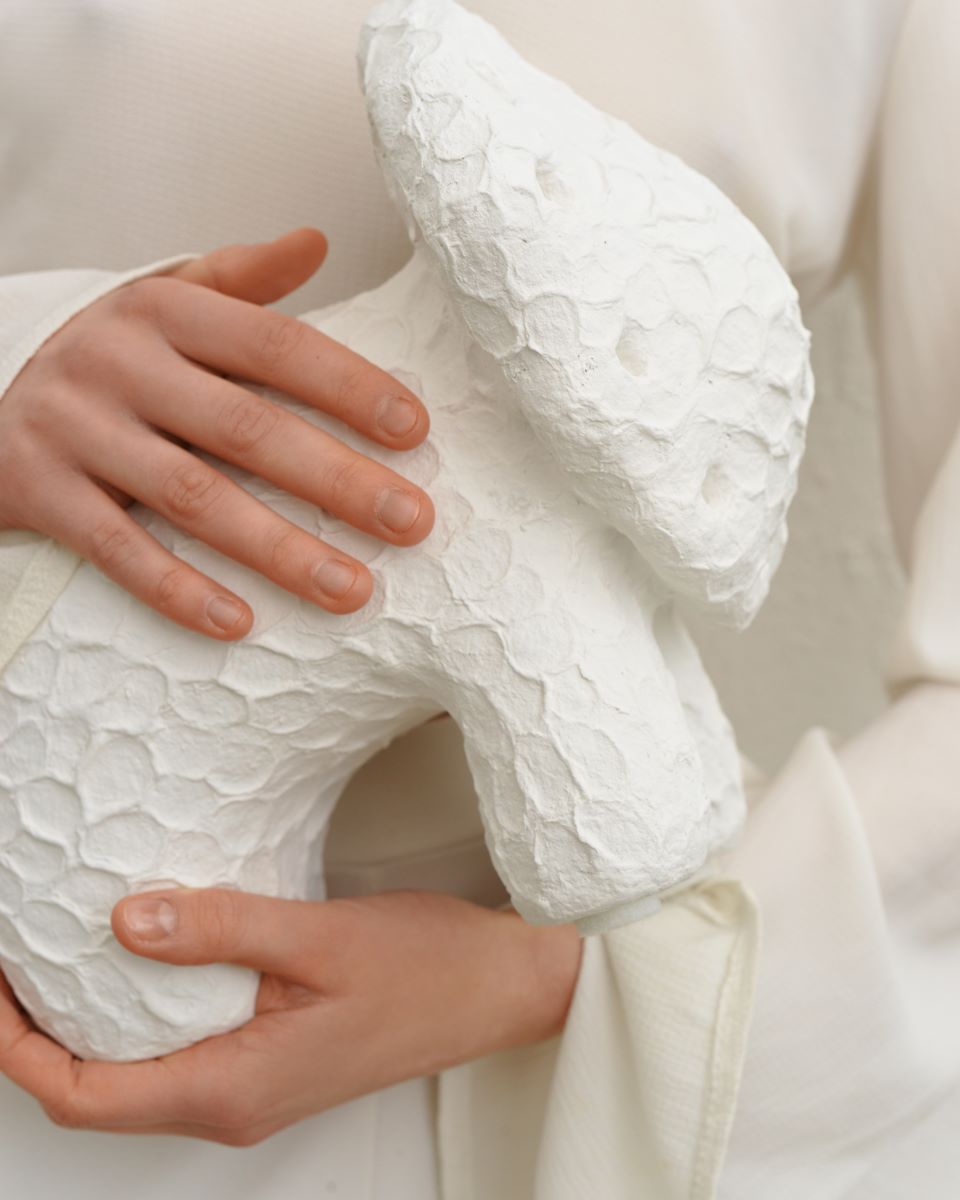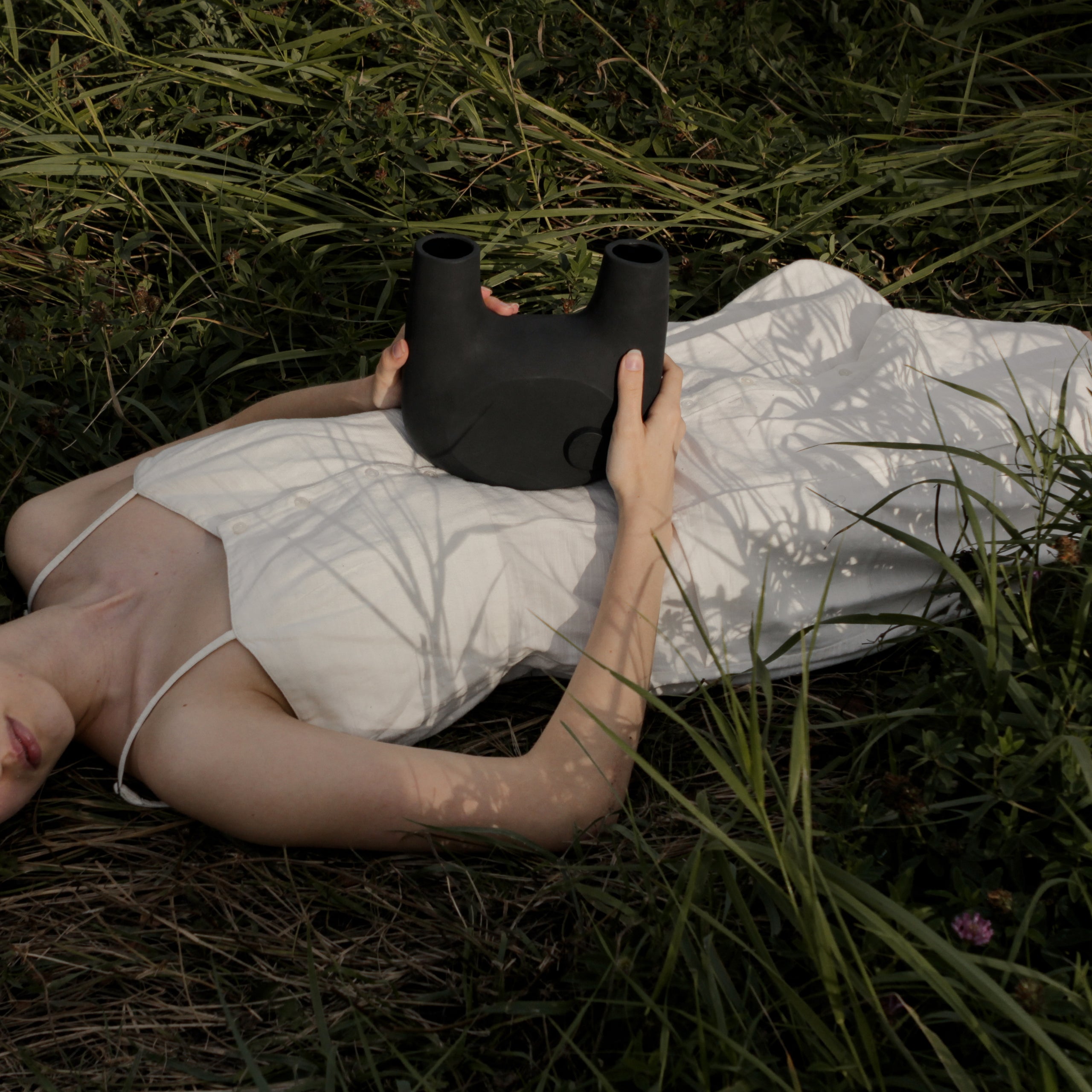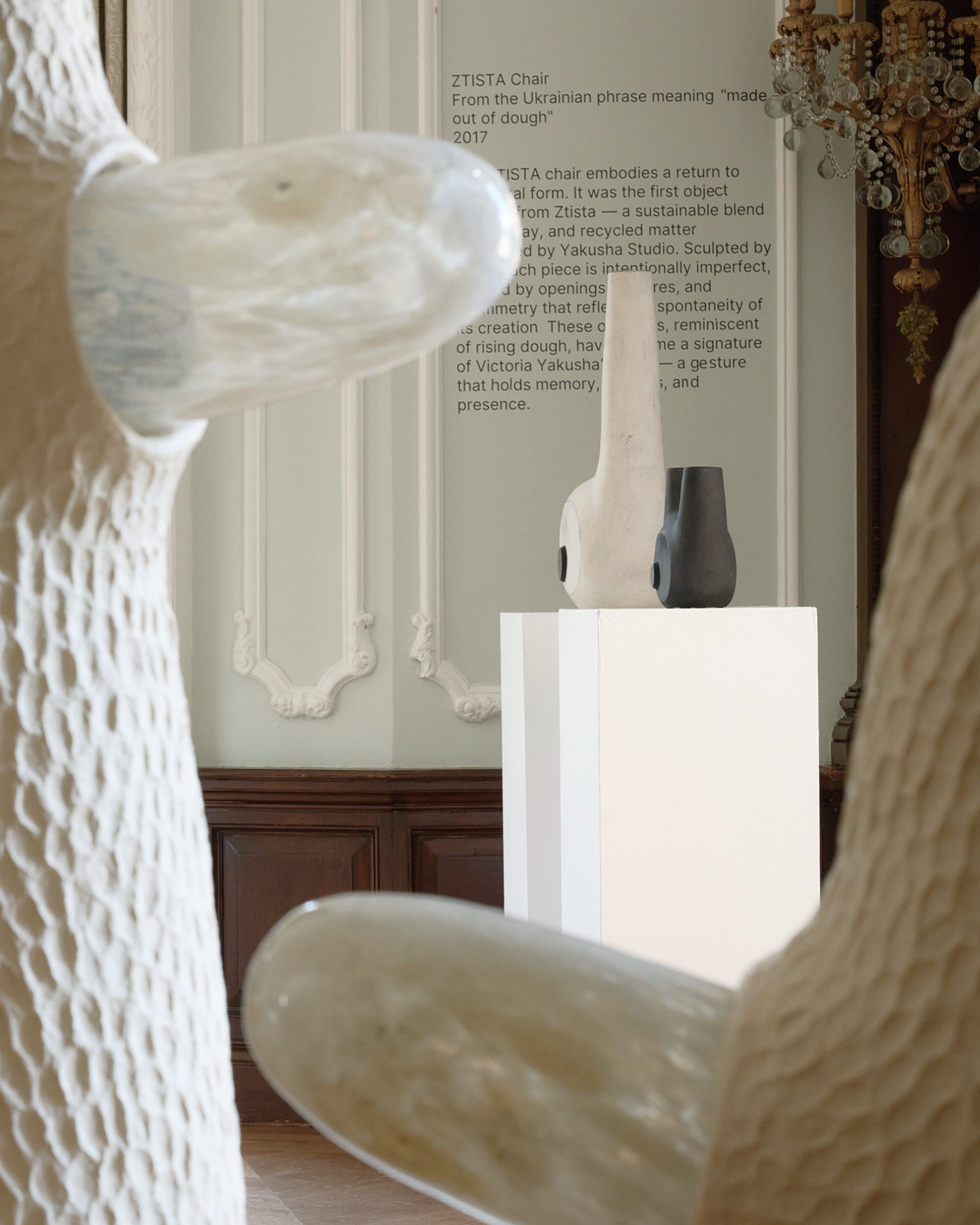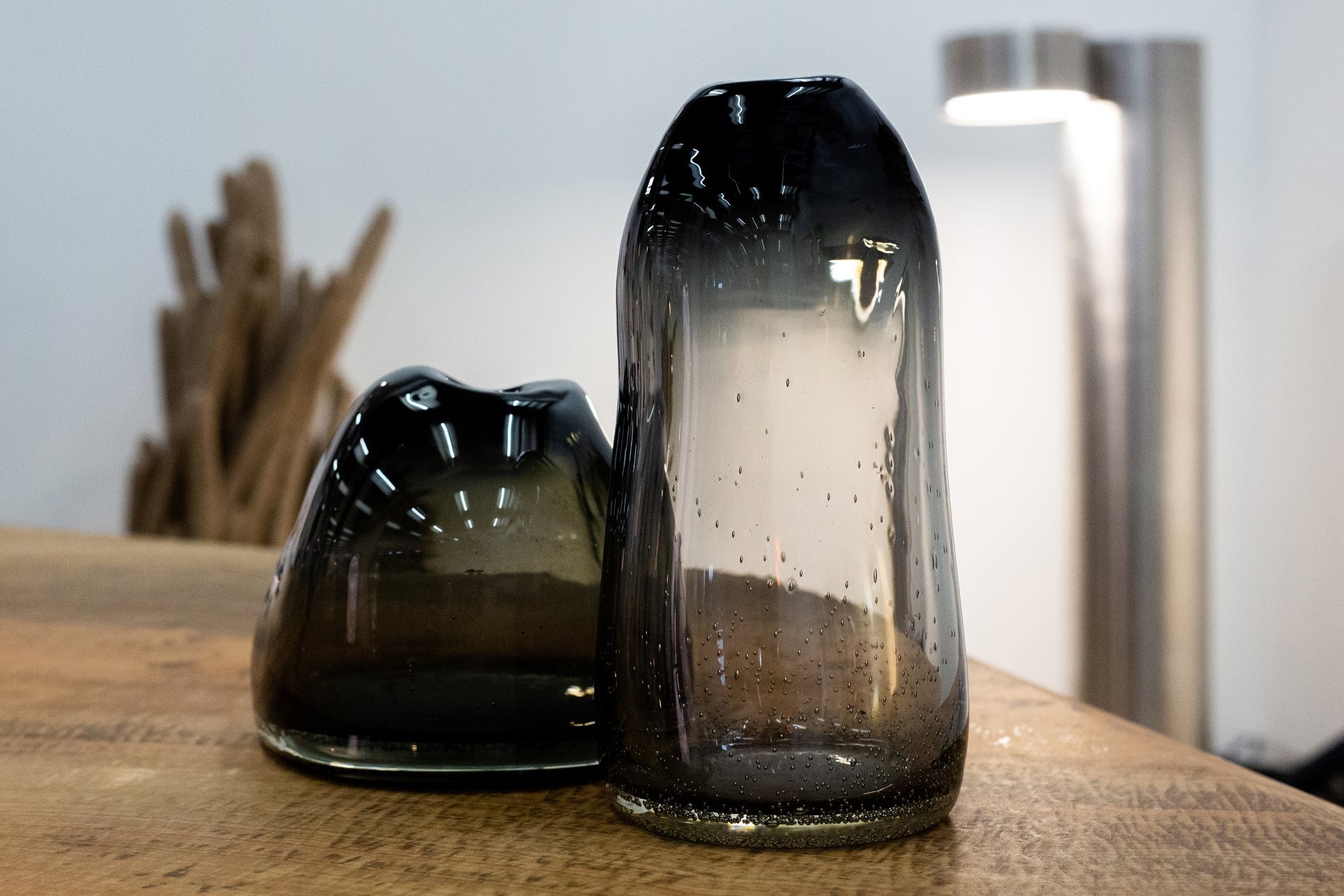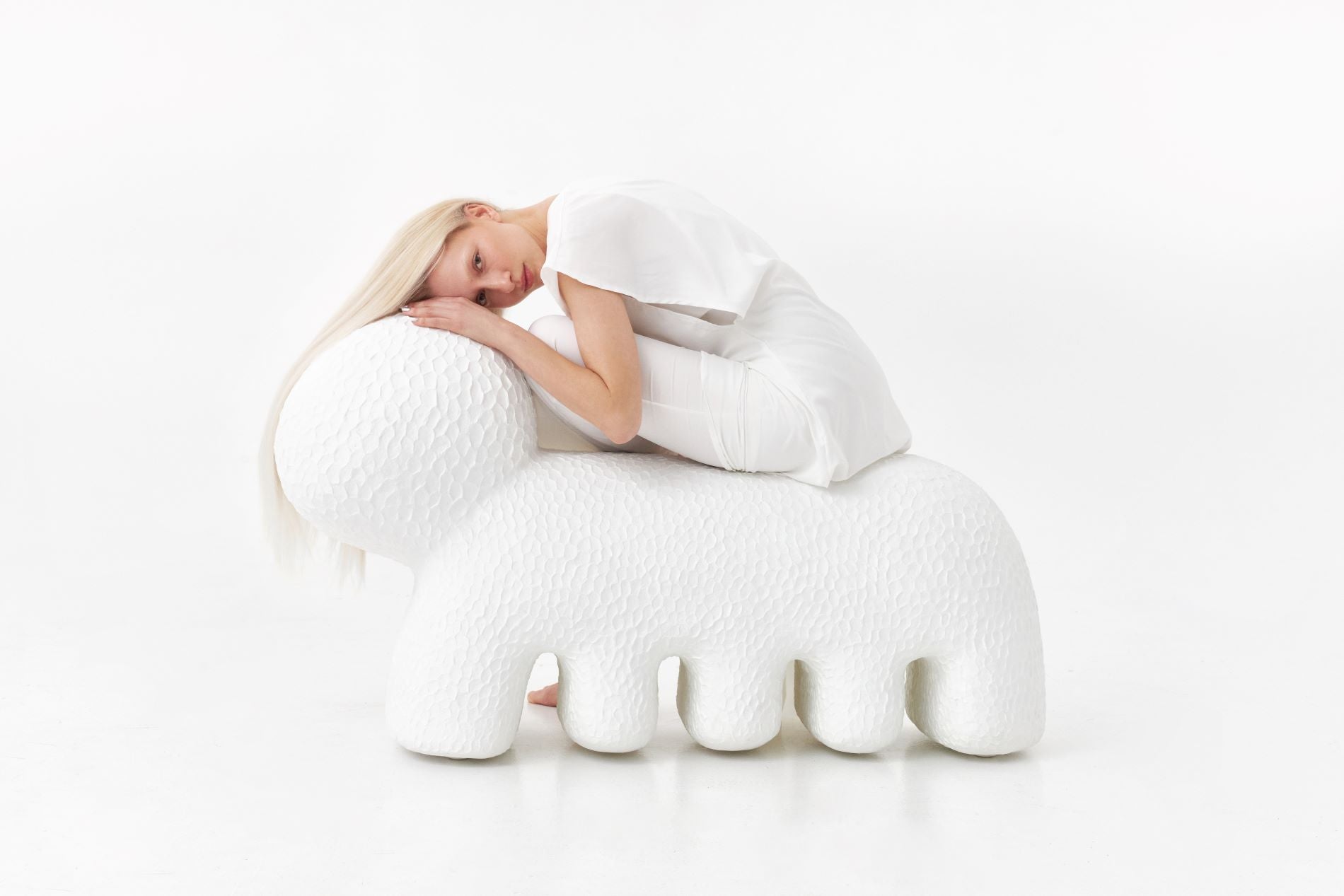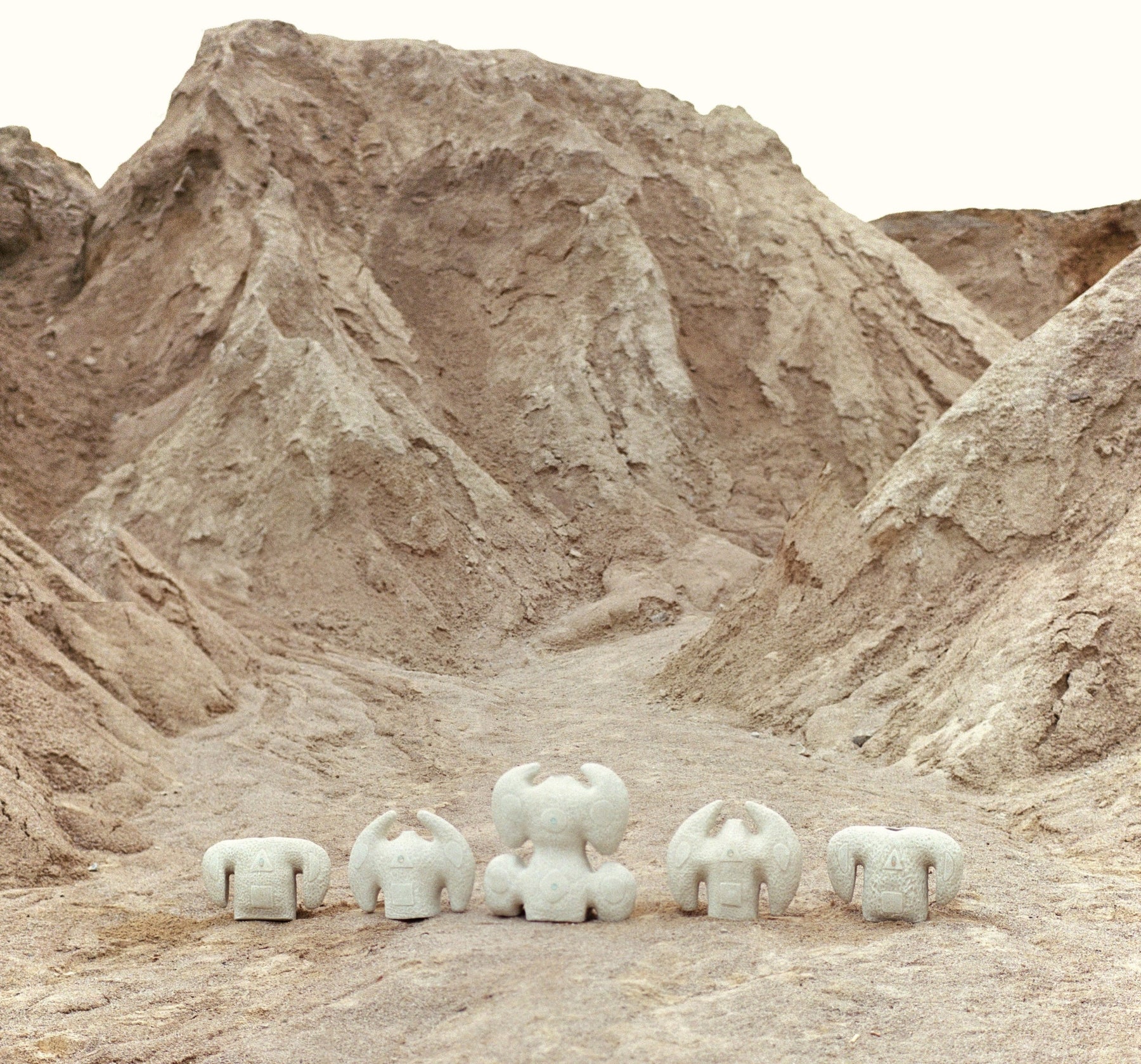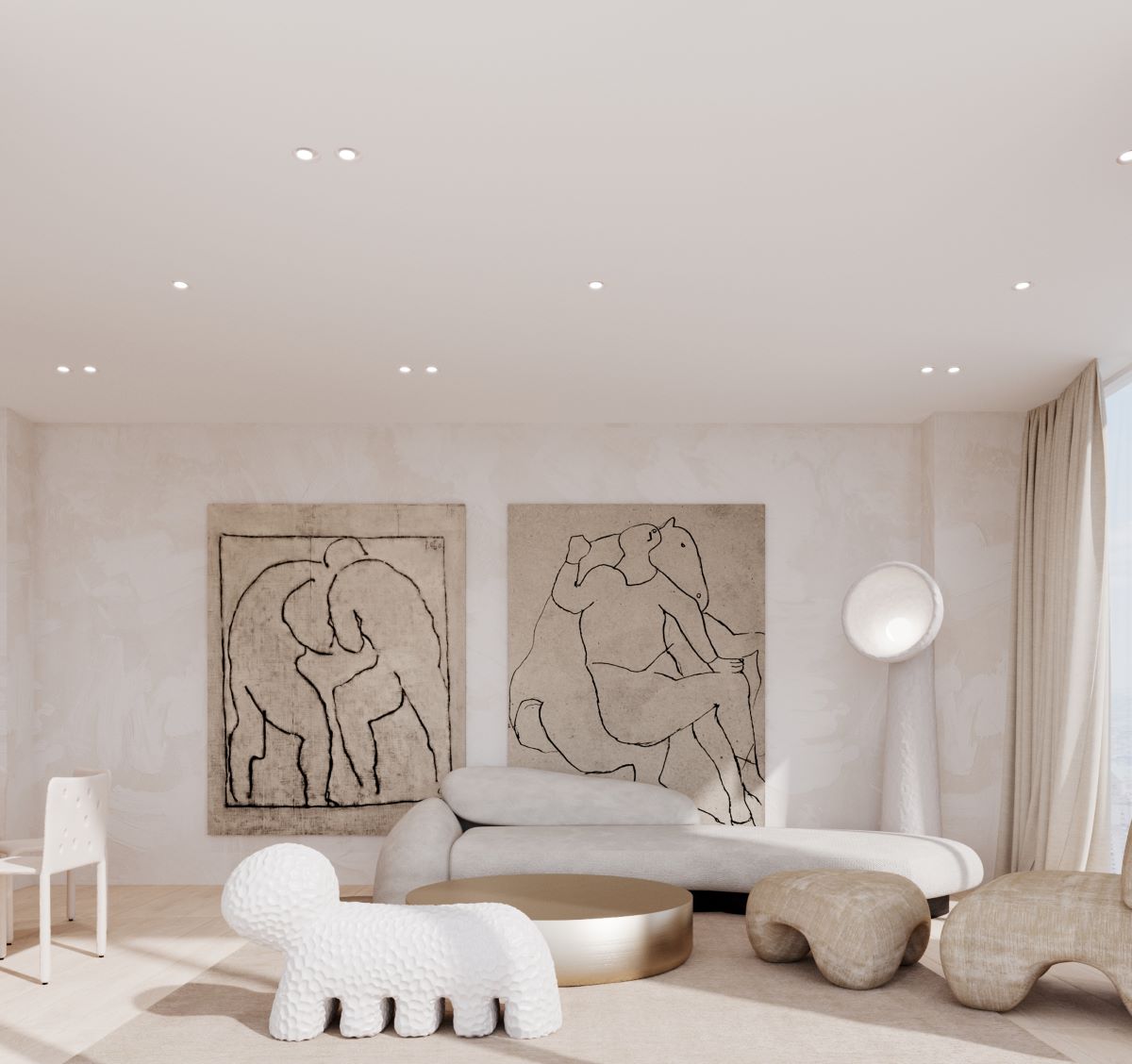The Land of Light by Victoria Yakusha

Animism in Design: Creating Meaningful Emotional Connections With Objects
The Land of Light by Victoria Yakusha
There are too many things, options, and noises in our world. However, meaning is frequently overlooked in this abundance. Few of the things we surround ourselves with are really important. In design, animism is a return to essence—a method of producing objects with soul in addition to beautiful forms.
What Is Animism in the Context of Design?
Originally, animism was the belief that everything, living or dead, had a spirit or soul. Trees, rivers, wind, fire, stones, and a handcrafted bowl all have a peaceful presence of their own. When it comes to design, animism moves us away from mass production and meaningless functionality and toward things that have a sense of life, emotion, memory, and presence. It's a more profound kind of emotional design. It's about connection, not just fun or convenience.
Something stirs when you light a lamp shaped like a flower reaching for the sun or enter a room and feel the warmth of a chair that curves like a human form. These things have voices. They contain space. They have an emotional and visual resonance. This is soulful design.
Shvydkonih by Victoria Yakusha

Shvydkonih by Victoria Yakusha
How Objects Can Evoke Emotion and Attachment
Animist design enables us to develop relationships with the objects we live with, in contrast to strictly functional ones. A stool can become more than just a seat; it can also become an element of the space. A slightly asymmetrical ceramic vessel that appears to have been aged or sculpted by the wind. Intimacy, flaws, and storytelling are how this emotional bond develops rather than perfection. Anthropomorphic forms—subtle curves, slouched postures, soft bulges, or leaning silhouettes that evoke natural or human gestures—are frequently used by designers who operate in this manner. Empathy and the awareness of life in form are evoked by these cues. The item transcends matter. It develops into a character. A companion.
This type of design encourages us to take a moment to slow down and listen in a time when we are becoming more and more cut off from the natural world, from crafts, and from one another. Instead of making noise, it adds presence to the room.
Interior in Kyiv by Victoria Yakusha

Interior in Kyiv by Victoria Yakusha
Animism in FAINA’ Collections
At FAINA, animism is a design philosophy rather than an apparel trend. It resides in the Grun collection's gentle, tactile curves, which give the impression that a creature is relaxing in the room rather than being a piece of furniture. The SONIAH lamps, with their handcrafted clay stems extending upward like sunflowers toward the sky, breathe in. Each one has its own posture and soul and is hand-crafted from FAINA's distinctive sustainable blend of clay and natural fibers. It is shaped gradually and intuitively. This approach has a very Ukrainian feel to it. It is reminiscent of prehistoric worldviews in which clay was revered, houses were living things, and everything had a purpose. The ZTISTA collection, which translates to "made of dough" in Ukrainian, pays homage to that history. Instead of being machined, these pieces are sculpted. Not calculated, but touched. They carry silent imperfections, process traces, and fingerprints. They feel human as a result.
In Yakusha interior design, even surfaces and walls are regarded as emotional actors rather than backgrounds. The finishes of clay plaster are left unfinished and unpolished. Space turns into a living entity.
Volyk by Victoria Yakusha
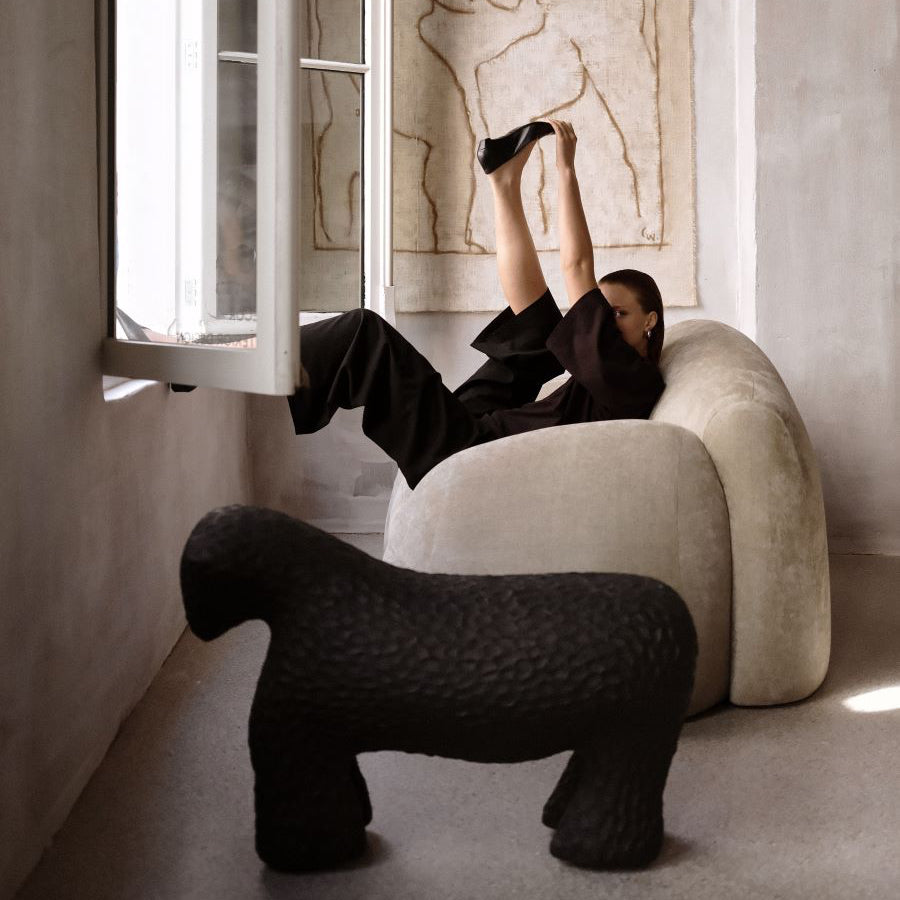
Volyk by Victoria Yakusha
How to Design Objects That Speak
Designing animistically means designing with humility and purpose. You have to listen. In addition to asking what an object does, it also asks how living with it feels. Does it whisper or is it quiet? Does it provide grounding, warmth, and memories?
Material is often the first step. Materials that breathe, age, and convey the earth's stories include clay, wood, linen, and straw. Next is form, which is neither too loud nor too rigid. A shape that seems unavoidable, as though it developed rather than was drawn. The human touch comes last. Perfection is not the goal of true animist design. It embraces the hand, the error, and the individuality. The soul enters there.
Why is this important in the context of globalization?
In the hyper-globalized world of today, items frequently arrive without context. They have no connection, no identity, and no story; they are created everywhere and nowhere. However, animist design transcends aesthetics and becomes necessary as we yearn for a sense of purpose and stability in our surroundings. Living with presence-holding objects requires greater attention to detail. It serves as a reminder of the importance of craft, slowness, and our feelings toward form and material. It aids in our reconnection with the natural world, our location, and ourselves.
In the work of Yakusha Studio and FAINA, animism is a gentle form of resistance. A resistance to the disposable. A resistance to soulless luxury. It’s a design rooted in being, not branding. One that honors ancestry, land, and time. In a world built on speed and replication, animist design invites stillness, and difference. It offers a space that feels—not just looks—like home.


